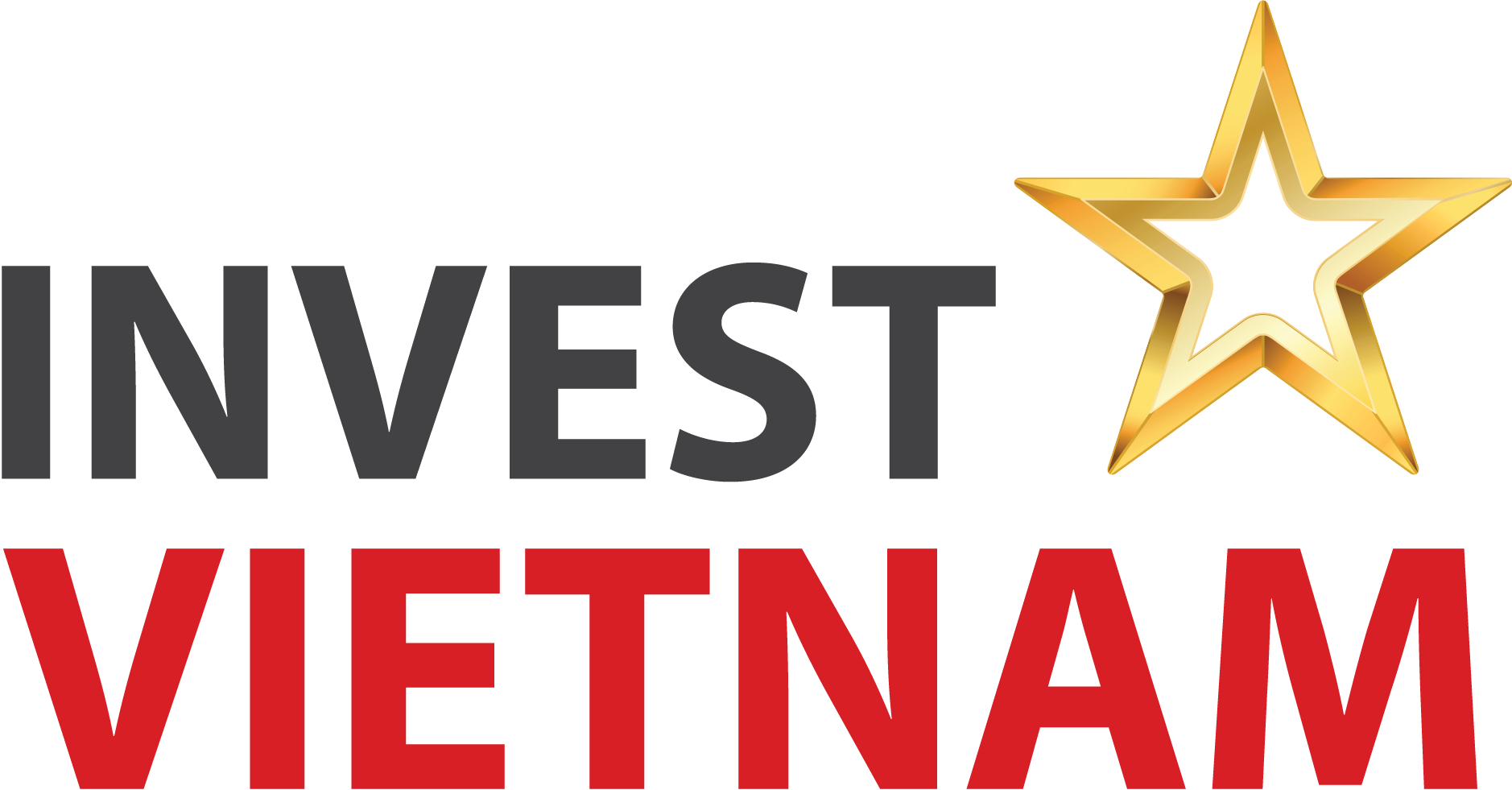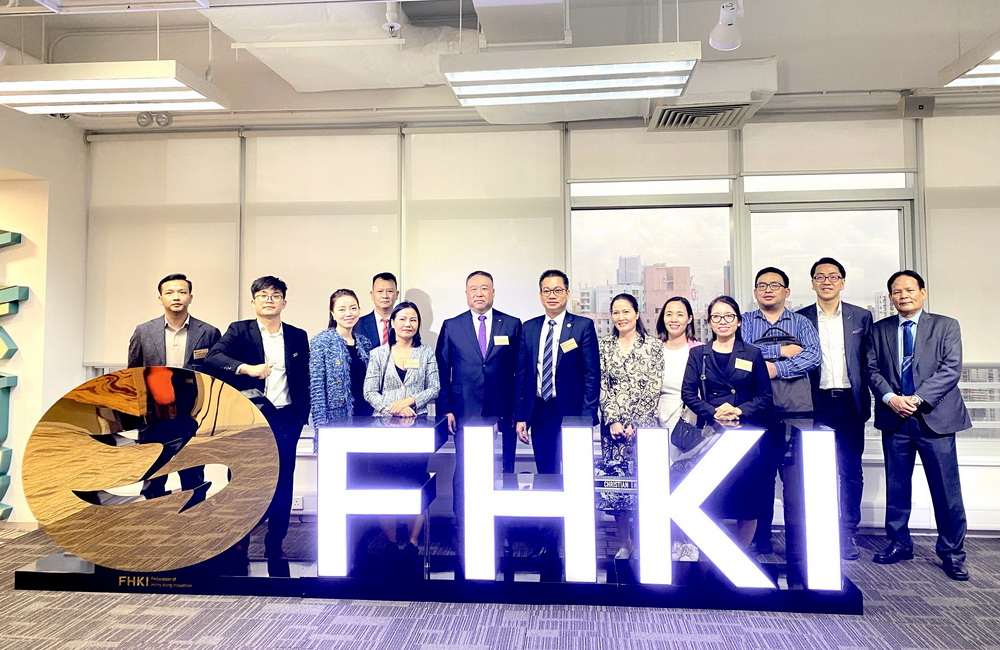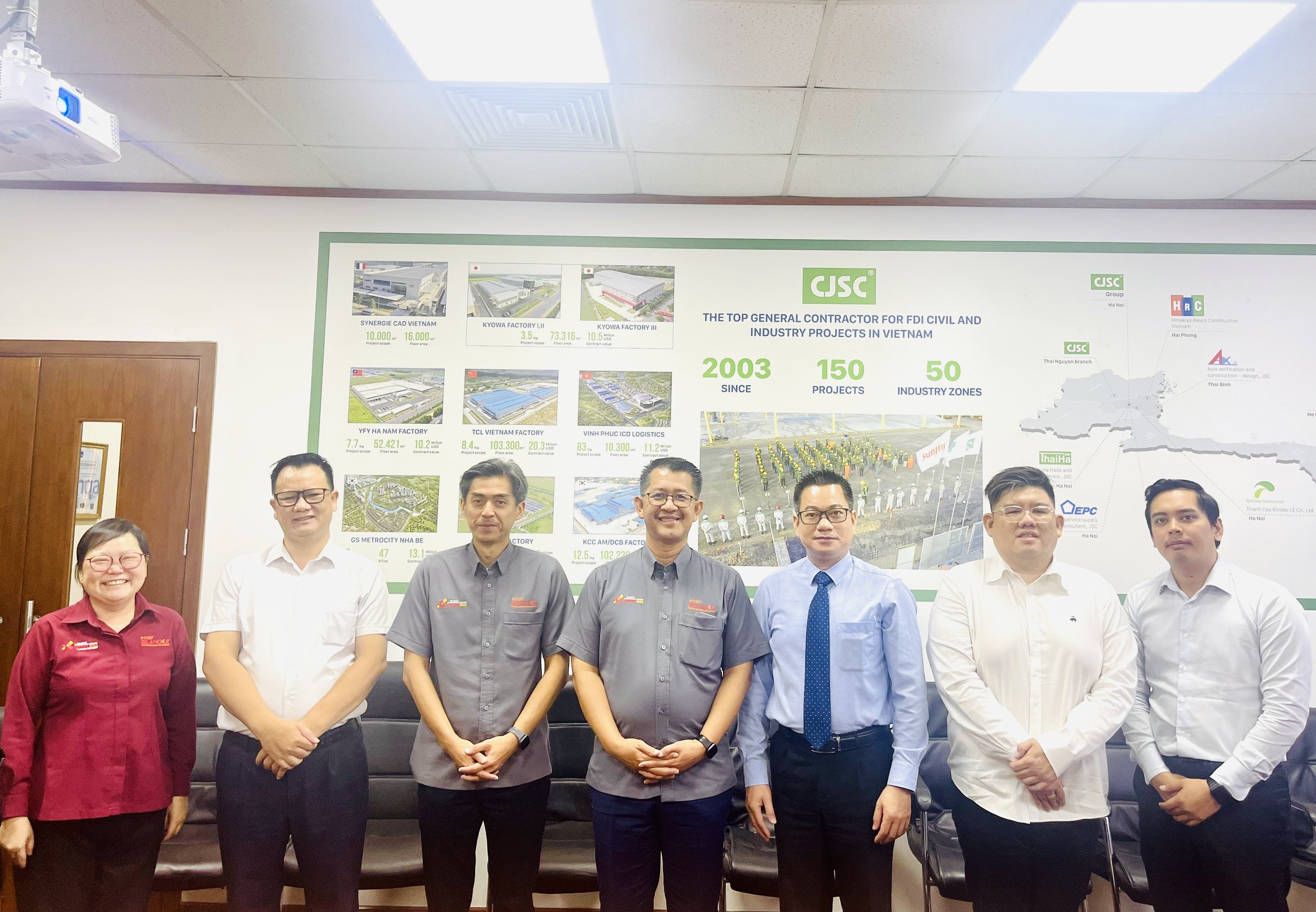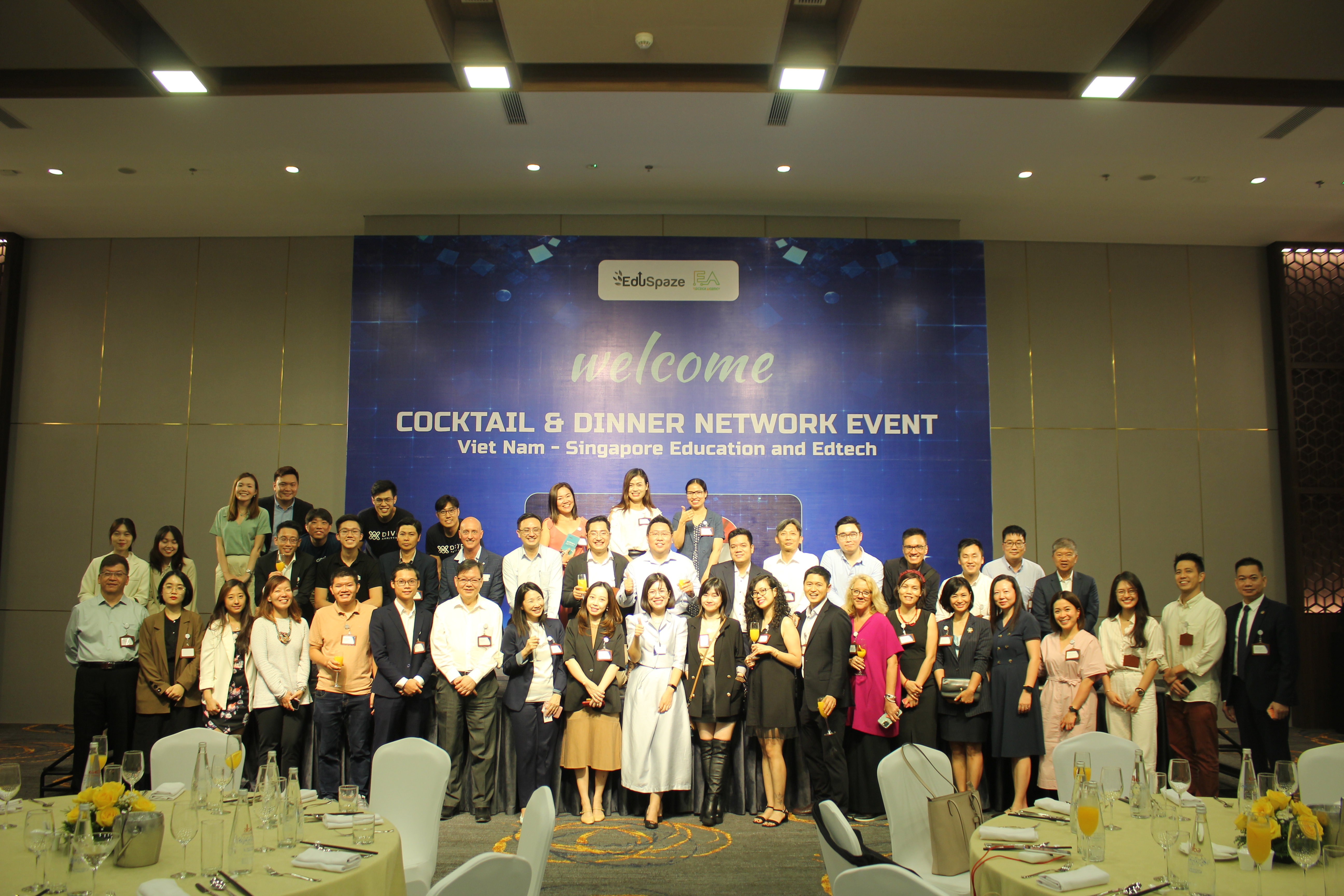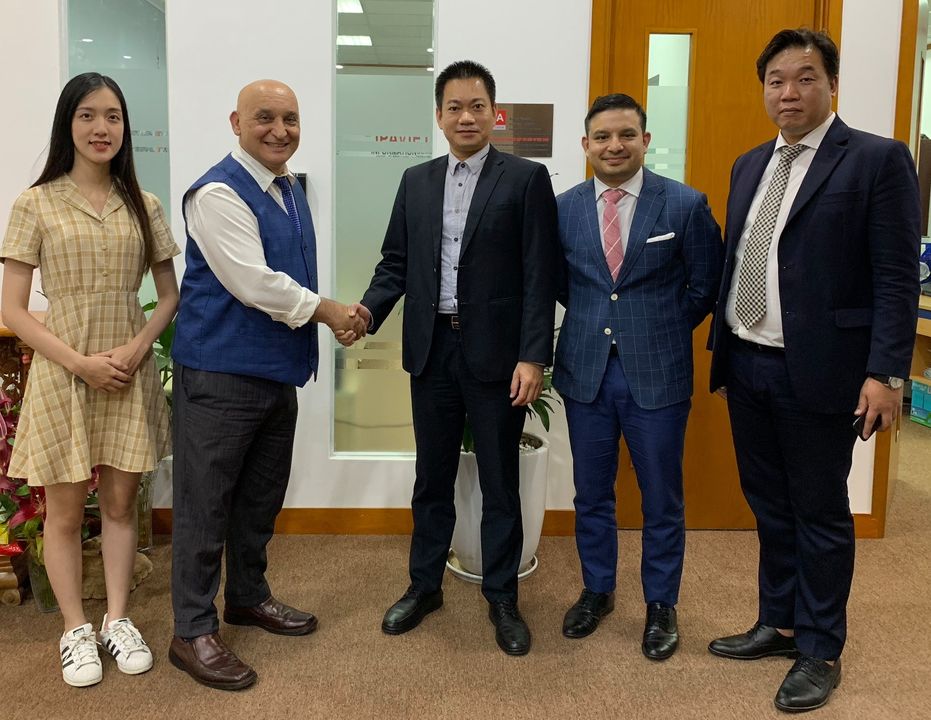Special incentives in pipeline for investors
The business community and investors are expected to benefit from the government’s upcoming decision offering special investment incentives, but experts said such bonanzas will need to be further clarified.

The Ministry of Planning and Investment is seeking public comment for the draft decision to be issued by the prime minister governing special investment incentives. The draft decision, providing details for guiding implementation of a number of provisions of the Law on Investment, offers three packages for special incentives in terms of corporate income tax (CIT) and fees for renting land and water surfaces. Besides that, it issues four added criteria to help enterprises enjoy higher incentives.
Nguyen Mai, chairman of the Vietnam Association of Foreign Invested Enterprises (VAFIE), told VIR that to increase competitive capacity, it should still extend the range of incentives with a drop in personal tax, union fees, and social insurance.
“Policymakers should adjust the time for amortisation of assets to between two and three years compared to the existing regulation of seven years. In addition, it should consider extending the time for enjoying incentives,” Mai said. “Each year, Vietnam attracts a number of projects which meet the criteria to enjoy special incentives, and these projects will bring positive impacts, including technology transfer, human training, and contributing to increasing national competition capacity. Thus, we should not be too strict on issuing incentives for them.”
Meanwhile, the Vietnam Chamber of Commerce and Industry (VCCI) commented that more details on additional conditions should be provided. According to the regulation, projects in business sectors eligible for special investment incentives with capital of at least VND30 trillion ($1.3 billion) and a minimum capital amount of VND10 trillion ($34.78 million) disbursed within three years from the issuance date of the investment registration certificate or the approval date of the investment policy will enjoy a CIT rate of 9 per cent for 30 years, exemption from CIT for five years, and reduction of 50 per cent for the subsequent 10 years. They will also be exempt from land and water surface rent for 18 years and reduction of 55 per cent of the same for the remaining years.
The VCCI documents noted, “There is not much difference between incentives for enterprises that meet the criteria of participation in the value chain and criteria of the added value of products. Enterprises will face more difficulty to meet criteria about the increase in Vietnam enterprises’ participation in their value chain because they need time and power sources to support and train local businesses. Meanwhile, if they choose the condition of added value, they just need to call other foreign-invested vendors or satellite enterprises to meet them.”
Investors need time to build the supply chain in Vietnam to increase the added value as well as train domestic enterprises to join in their supply chain, the documents added.
“Thus, at first, they cannot immediately meet the conditions about sub-criteria,” the VCCI said, proposing the policymakers to “allow investors to enjoy added incentives if they commit to meet sub-criteria within the time period regulated in the decision.”
Nguyen Dinh Nam, founder and CEO of investment consultancy IPA Vietnam, told VIR that issuing special incentive policies at this time is more than reasonable in the context that numerous countries across Southeast Asia are calling investors by attractive incentives.
“The most difficult part is to find a way to help local enterprises join foreign investors’ supply chains as domestic vendors’ production capacity is often weak and they face difficulties in receiving technology transfer,” Nam said. “Besides that, numerous foreign investors do not want to transfer key technology to local partners. They only consider domestic partners as vendors, thus in order to create a win-win relationship, policymakers should issue additional policies to support domestic enterprises to improve their capacity and meet the criteria of large groups.”
“When large-scale groups invest in Vietnam, they need comprehensive support from the government and not simply CIT and similar alterations,” Nam added. “If the investors commit to meeting the criteria mentioned in the decision, they should receive other support relating to incentives to approach land sources and administrative procedures, as well as human resources.”
|
Under the draft decision, eligible taxpayers will be entitled to one of the following special incentive packages: Package 1: Preferential CIT rate of 9 per cent over a period of 30 years, 5-year CIT exemption and 50 per cent CIT reduction for subsequent 10 years; land and water surface lease exemption for 18 years and 55 per cent reduction for the remaining years. Package 2: Preferential CIT rate of 7 per cent over a period of 33 years, 6-year CIT exemption and 50 per cent CIT reduction for subsequent 12 years; land and water surface lease exemption for 20 years and 65 per cent reduction for the remaining years. Package 3: Preferential CIT rate of 5 per cent over a period of 38 years, 6-year CIT exemption and 50 per cent CIT reduction for subsequent 13 years; land and water surface lease exemption for 23 years and 75 per cent reduction for the remaining years. The draft decision offers four additional criteria used to determine the specific incentive package applicable to the aforementioned projects in investment-incentivised industries, including high technology, the share of Vietnamese businesses participating in the value chain, added value, and tech transfer. The packages are built in order to attract high-tech projects, research and development centres, projects with added value, and initiatives that create links to environmental protection and sustainable development. These criteria are not required but encouraged. |
By Oanh Nguyen
Source: VIR
Original link